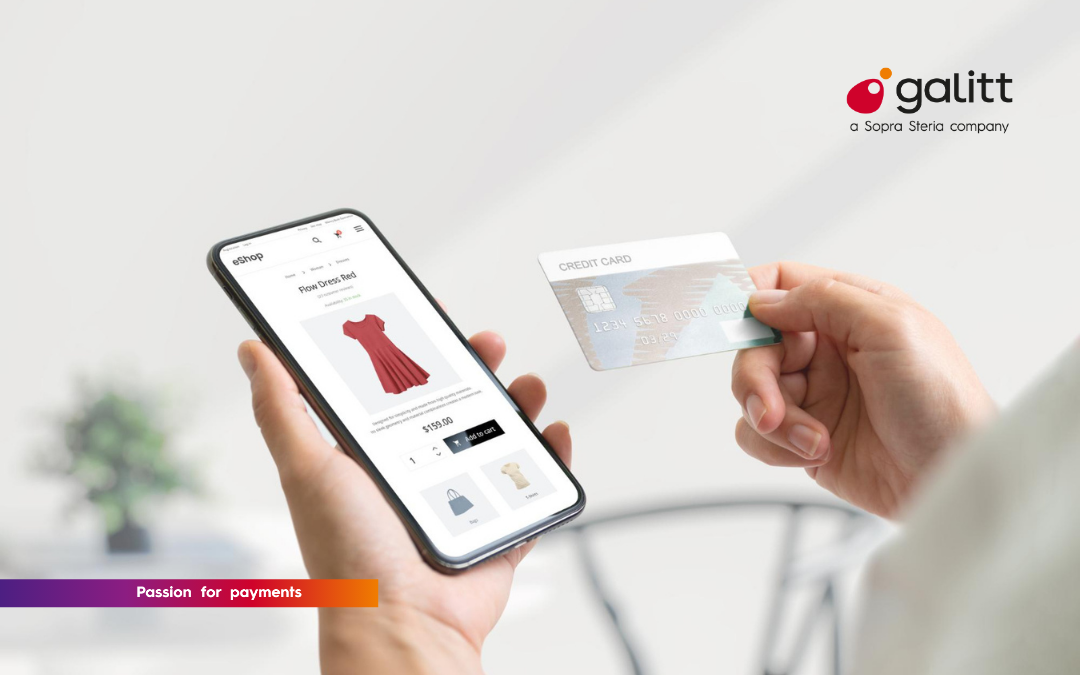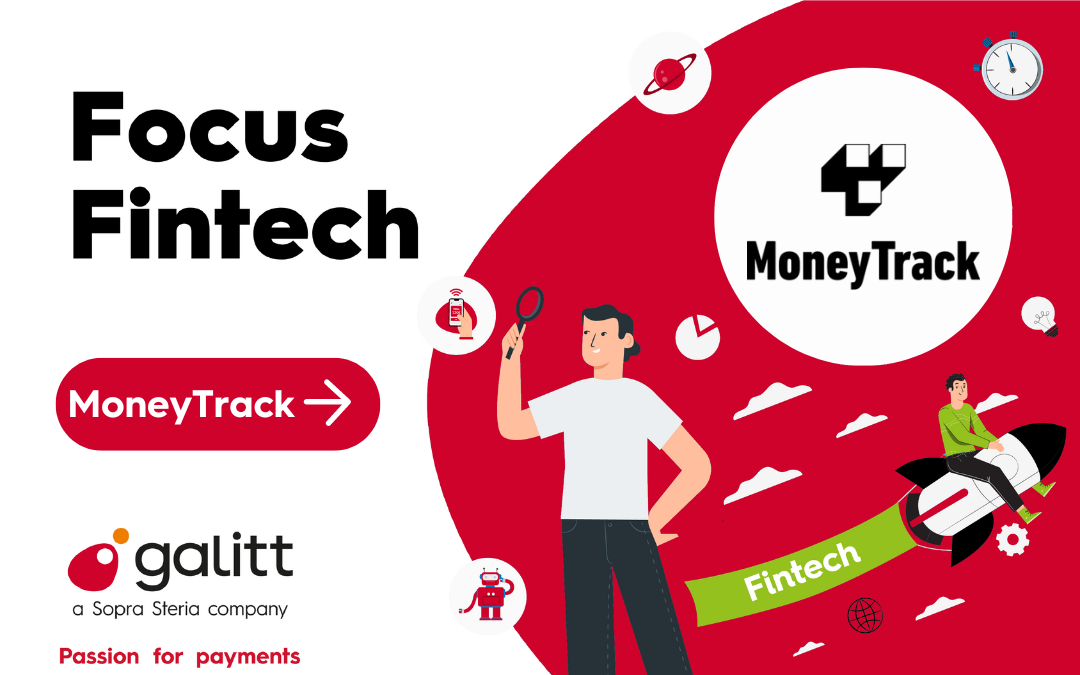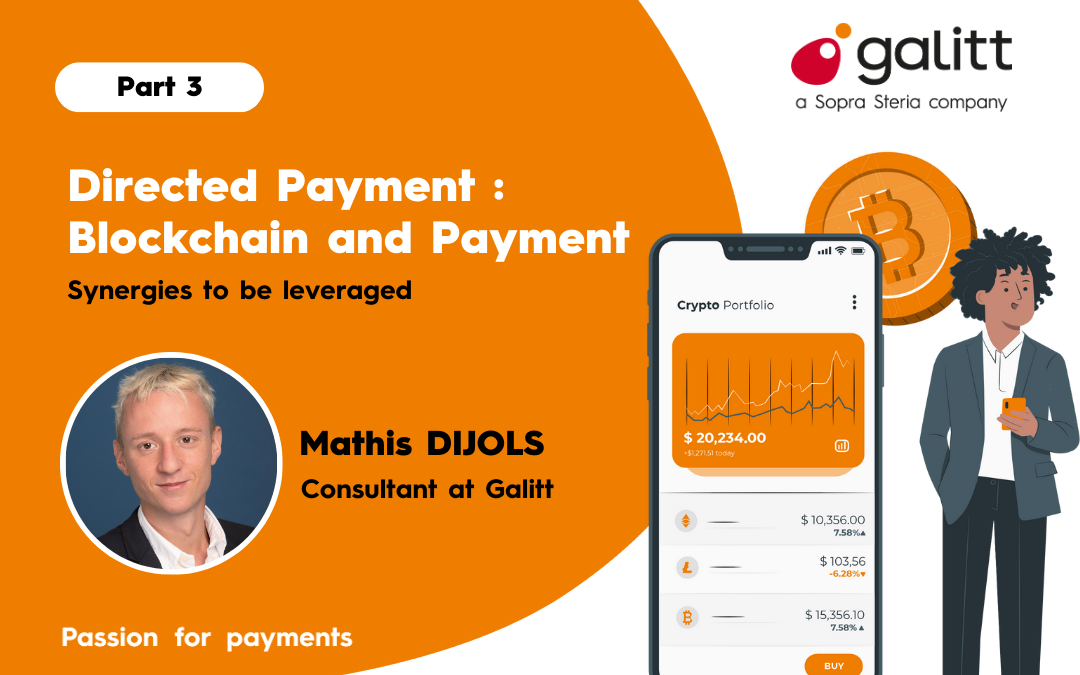[et_pb_section fb_built=”1″ _builder_version=”4.6.6″ _module_preset=”default” custom_padding=”||0px|||”][/et_pb_section][et_pb_section fb_built=”1″ _builder_version=”4.6.6″ _module_preset=”default” custom_padding=”0px|||||”][et_pb_row _builder_version=”4.6.6″ _module_preset=”default” custom_padding=”0px|||||”][et_pb_column type=”4_4″ _builder_version=”4.6.6″ _module_preset=”default”][et_pb_post_title _builder_version=”4.6.6″ _module_preset=”default”][/et_pb_post_title][et_pb_text _builder_version=”4.6.6″ _module_preset=”default” custom_margin=”50px||0px||false|false” custom_padding=”||24px|||”]
The Buy Now Pay Later (BNPL) is a deferred and dematerialized payment system that has been tested for several years. It allows users to pay for purchases in installments, while ensuring that the merchant has immediate access to the funds. Here is a look at the applications of BNPL and the major players in this fast-growing service.
[/et_pb_text][et_pb_image src=”https://www.galitt.com/wp-content/uploads/2021/11/source-Lydia.png” alt=”Lydia” title_text=”source-Lydia” align=”center” _builder_version=”4.6.6″ _module_preset=”default” max_width=”85%” min_height=”260px” custom_margin=”||11px|||”][/et_pb_image][et_pb_text _builder_version=”4.6.6″ _module_preset=”default”]
Source : Lydia
[/et_pb_text][et_pb_text _builder_version=”4.6.6″ _module_preset=”default” custom_margin=”50px||0px||false|false”]
Objectives and examples of applications of Buy Now Pay Later
[/et_pb_text][et_pb_text _builder_version=”4.6.6″ _module_preset=”default” custom_padding=”||0px|||”]
BNPL joins a growing list of services that aim to make the payment experience easier. Retailers are scrambling to find ways to ease the checkout process, with checkout-free store systems like Amazon Go and the recently launched Auchan Go, which opened on 14 September 2021.
The BNPL has another target: the customer journey during online purchases. One of the major challenges for e-retailers is not to lose sales during the online payment process. Many users and potential buyers abandon their orders if this process is too long. The long forms present in many e-commerce sites are one of the most impactful causes of abandonment.
Buyers also expect a certain level of flexibility in the payment methods offered. BNPL is closely linked to split payments, a payment method that has greatly convinced Europeans. According to a study conducted by Oney, split payments are used at least once a year by 60% of consumers surveyed in France, Poland, Portugal and Spain. Many consumers expect this option to be offered to them, and are ready to abandon their purchase if it is not.
Concretely, the BNPL will intervene at the time of the choice of means of payment by the user. It joins the options already available such as bank cards, Paypal and others. Each Fintech offering a BNPL solution handles it differently, but some common points come up in a user journey:
- The customer will select the BNPL option at check-out.
- If the payment is approved, the customer will have to make an initial payment of approximately 25% of the total price.
- At this point, the merchant will receive the full amount of his sale: BNPL solution providers will take care of the payment collection.
- The customer will be able to pay the end of the purchase in several instalments, all without additional interest.
[/et_pb_text][et_pb_image src=”https://www.galitt.com/wp-content/uploads/2021/11/source-klarna.png” alt=”Klarna” title_text=”source-klarna” align=”center” _builder_version=”4.6.6″ _module_preset=”default” max_width=”85%” min_height=”260px” custom_margin=”||11px|||”][/et_pb_image][et_pb_text _builder_version=”4.6.6″ _module_preset=”default”]
Source : Klarna
[/et_pb_text][et_pb_text _builder_version=”4.6.6″ _module_preset=”default” custom_margin=”20px||0px||false|false” custom_padding=”||0px|||”]
Buy Now Pay Later is finally a fairer and more flexible system of payment in installments. It brings real security to merchants by taking care of the cash payment of the transaction. At the same time, it allows to retain buyers by its flexibility but also by the absence of interests.
[/et_pb_text][et_pb_text _builder_version=”4.6.6″ _module_preset=”default” custom_margin=”50px||0px||false|false”]
Growing players
[/et_pb_text][et_pb_text _builder_version=”4.6.6″ _module_preset=”default” custom_padding=”||0px|||”]
The effectiveness of the service can already be seen. The current pandemic has forced many merchants to change their operations, notably by offering distance selling and multi-payment services.
As a result, BNPL solution providers have been very successful, both with merchants and consumers. The Swedish company Klarna has even become one of the largest Fintechs in the world. According to their own figures, retailers using their solution have seen a 41% increase in average order volume.
To further strengthen their presence, Klarna has partnered with Stripe to integrate their services directly with Stripe’s customers, without having to partner with individual stores. This partnership will allow Karna to bring their solution to all Stripe customers.
Afterpay, on the other hand, is a fast-growing Australian company. Bought by Square for 29 billion dollars last August, it offers similar split payment solutions. Be careful not to confuse it with the Dutch company of the same name AfterPay, which offers payment after delivery of the product.
On the French side, Oney, the historic player in split payments, expanded its offer this summer with Oney+. This solution offers a whole package: payment account, VISA bank card, tracking application and … a solution for payment in installments. Another proof that this type of service is now expected by customers.
As you will have understood, BNPL solutions have become an integral part of payment methods for online transactions. E-merchants who have not implemented this kind of solution run the risk of losing some consumers who are already used to being offered it. The challenge now for BNPL providers is to limit the risk of over-indebtedness of their users. This is a sensitive issue, especially for young people, and ways will have to be found to regulate the system. It remains undeniable that Buy Now Pay Later has become part of the consumption habits of Internet users.
[/et_pb_text][/et_pb_column][/et_pb_row][et_pb_row _builder_version=”4.6.6″ _module_preset=”default”][et_pb_column type=”4_4″ _builder_version=”4.6.6″ _module_preset=”default”][et_pb_blog fullwidth=”off” posts_number=”3″ use_manual_excerpt=”off” excerpt_length=”0″ show_author=”off” show_categories=”off” show_excerpt=”off” show_pagination=”off” _builder_version=”4.6.6″ _module_preset=”default” custom_margin=”20px||||false|false” border_width_all=”0px” box_shadow_style=”preset1″ box_shadow_blur=”14px” box_shadow_spread=”-5px” box_shadow_color=”rgba(0,0,0,0.15)” locked=”off”][/et_pb_blog][/et_pb_column][/et_pb_row][/et_pb_section]




